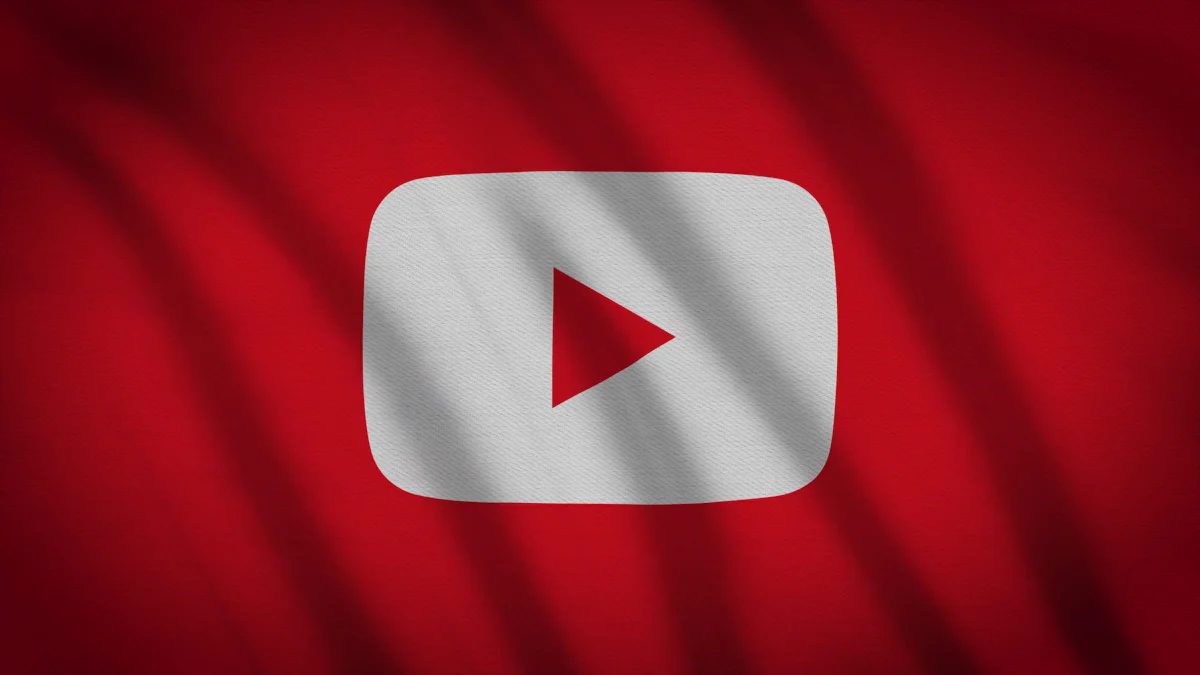5 Key Differences Between Short and Long Videos on TikTok vs. YouTube

In the realm of online video content, TikTok and YouTube stand as titans, each with its unique allure and audience. Understanding the differences between short video and long video formats is crucial for content creators navigating these platforms. As we delve into the five key disparities between them, we unravel a world where brevity meets depth, where trends collide with tradition, and where engagement takes on diverse forms. Join us on this journey through the digital landscape as we uncover the secrets behind TikTok's snappy charm and YouTube's enduring appeal.
Difference in Video Length

When comparing the video lengths on TikTok and YouTube, a stark contrast emerges. On TikTok, videos can vary from as short as 3 seconds to as long as 30 minutes, offering creators a wide range of possibilities. In contrast, YouTube Shorts are limited to a maximum length of 60 seconds, emphasizing brevity and quick engagement.
For optimal viewer interaction on TikTok, videos typically fall within the recommended duration of 21 to 34 seconds. This sweet spot captures attention effectively without losing the audience's interest. Longer TikTok videos, spanning up to 30 minutes, tend to attract more views due to their immersive storytelling potential.
In comparison, YouTube Shorts maintain a concise format with a strict one-minute cap. This restriction challenges creators to deliver impactful content within a short timeframe, catering to viewers' preference for quick and engaging videos.
The diverse video length options on TikTok and the succinct nature of YouTube Shorts highlight the platforms' unique approaches to capturing audience attention through varying durations.
Difference in Content Style
TikTok Content Style
On TikTok, the distinction between short video and long video content style is evident. For creators, crafting engaging narratives within the constraints of brevity is an art form. Short videos on TikTok often focus on quick storytelling, captivating viewers with snappy transitions and catchy soundtracks. In contrast, longer videos allow for more in-depth exploration of topics, enabling creators to delve into detailed tutorials and immersive how-tos.
As noted by social media marketing expert Buffer, TikTok now lends itself to more in-depth storytelling, tutorials, and how-tos. TikToks also tend to be less high-energy than Shorts and less polished than Reels as Gen Z’s platform of choice.
YouTube Content Style
The content style on YouTube presents a different landscape compared to TikTok. While both platforms cater to diverse audiences, YouTube's approach emphasizes a wider range of content genres and formats. From educational videos to entertainment skits, YouTube offers creators the flexibility to experiment with various styles and lengths.
The differences between TikTok's concise storytelling and YouTube's versatile content creation showcase the unique strengths of each platform in engaging audiences through distinct narrative approaches.
Difference in Audience Engagement

TikTok Engagement
When exploring audience engagement on TikTok, the platform's captivating content keeps users glued to their screens. Surpassing YouTube for time spent by adult users in 2022, TikTok has become a hub for entertainment and creativity. With an average engagement rate of 2.65% by follower count, TikTok continues to reign as the most engaging social media platform. Users, especially kids of all ages, are drawn to TikTok's dynamic videos that range from quick snippets to longer narratives.
Short Video and Long Video
On TikTok, the distinction between short video and long video engagement is significant. While shorter videos tend to grab attention swiftly, longer videos offer a deeper connection with viewers. Survey data reveals that TikTok users spend half of their time watching videos that are 1 minute in length or longer, indicating a preference for varied content durations.
YouTube Engagement
In contrast, YouTube appeals to a diverse audience seeking informative and entertaining content. Younger kids often gravitate towards YouTube due to its extensive range of videos catering to different interests. The platform's versatility allows creators to engage with viewers through tutorials, vlogs, and entertainment skits.
Differences
The differences in audience engagement between TikTok and YouTube reflect the platforms' unique strengths in captivating users through distinct content styles and formats.
Difference in Monetization
TikTok Monetization
Monetizing on TikTok opens up a world of opportunities for creators to earn revenue. By leveraging brand deals, participating in the TikTok Creator Fund, and generating ad money from their content, creators can turn their passion into profit. The platform's dynamic nature allows for innovative monetization strategies that cater to diverse audiences. For instance, successful TikTok case studies have shown a significant increase in app downloads and a 64% decrease in cost-per-registration through strategic monetization efforts. These actionable takeaways highlight the potential for creators to maximize their earnings on TikTok while engaging with a global audience.
Short Video and Long Video
On TikTok, both short videos and long videos offer avenues for monetization. Creators can capitalize on the platform's diverse video lengths to engage viewers and drive revenue. Whether crafting quick snippets or immersive narratives, creators have the flexibility to experiment with different content styles to enhance their monetization strategies.
YouTube Monetization
In comparison, YouTube provides creators with distinct opportunities for earning revenue. The platform's monetization features differ from TikTok, offering creators alternative ways to generate income through ad revenue, sponsorships, and merchandise sales. By understanding the differences in monetization between TikTok and YouTube, creators can tailor their content strategies to optimize earnings based on each platform's unique features.
Differences
The disparities in monetization between TikTok and YouTube underscore the importance of aligning content creation with specific platform requirements to maximize revenue potential and audience engagement.
Difference in Features and Tools
TikTok Features
TikTok offers a plethora of filters and effects to enhance user creativity. From beauty filters that add a touch of glamour to funny filters that inject humor into videos, TikTok empowers creators to make their content stand out. Moreover, the platform provides built-in editing tools, eliminating the need for external video editing apps. Users can effortlessly crop, flip, or adjust the playback speed of their videos directly on TikTok, streamlining the content creation process.
YouTube Features
On the other hand, YouTube boasts a robust set of features tailored to content creators. The platform's algorithm recommends videos through its "Suggested Videos" feature, guiding viewers towards content aligned with their preferences. This personalized approach keeps users engaged and encourages them to explore diverse video offerings on YouTube. Additionally, creators can leverage tools for analytics and audience insights to refine their content strategy and optimize viewer engagement.
As we wrap up our exploration of the key disparities between TikTok and YouTube, it's clear that each platform offers a unique playground for creators. From the brevity of TikTok's snappy charm to YouTube's enduring appeal for long-form content, the choice between them depends on your storytelling style and audience preference. Remember, TikTok is the realm of bite-sized creativity, while YouTube caters to diverse interests with in-depth videos. To truly master the art of digital content creation, why not dabble in both worlds? Experimentation is key to finding your niche and captivating audiences across platforms. So go ahead, unleash your creativity, and conquer TikTok and YouTube with your unique flair!
See Also
Uncover the Optimal Schedule for Sharing YouTube Shorts
Key Video Hook Varieties You Should Be Aware Of
Easy Tactics for Quick YouTube Earnings


